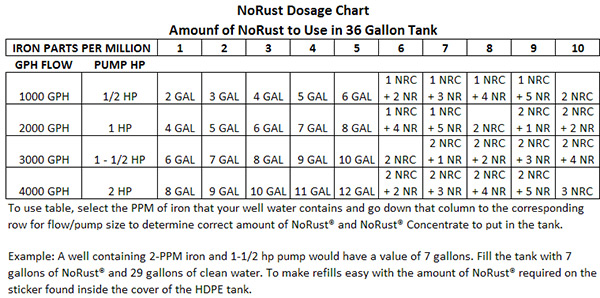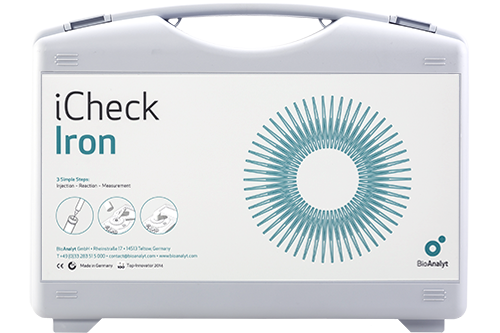


Okay, so we get zero point five 885 moles of nitrogen. So to do so, we're going to take the grand value 8.246 and we're going to divide it by the molecular weight for nitrogen, which is 14.1 according to our periodic table. I'm gonna switch colours just so that we can keep track of what we're doing. So now that we have a gram value, we are able to go ahead. And since we're trying to find the identity of two different substances, that this is a key piece of information that we're going to use, So we know that if this it was a 100 g sample, we would have 8.246 grams. So what we want to keep in mind for part A is that we were told we have 8.246 percent nitrogen. So we're gonna go ahead and start with part A. (356700ppm * 1.25g/litre) / 1000ml = 445ppm(~0.9EC) per litre.So this problem is pretty long and it has quite a few parts. Using what we've learned, we're finally ready to find the ppm of our fertilizer.ĥ0k + 64.5k + 116.2k + 50k + 35k + 40k + 1k = 356,7k or 356700 ppm. To establish the concentration of individual elements in the water, the guaranteed analysis (%w/v) should first be converted into ppm, then multiplied by the usage rate (per litre), then divided by 1000 (ml).įor example, if a nutrient lists 5% nitrogen, when it is used at 5grams per 4 litres it will yield 62.5 ppm of nitrogen per litre. To establish %w/v from ppm you simply need to divide by 10000. To establish ppm from %w/v you simply need to multiply by 10000. Percentage weight by volume %w/v refers to the total weight of elements contained within a finished concentrate of a given total volume.įor example, 5% of nitrogen added to 1 litre(1000ml) of RO water would mean that there is 50grams of N in the water.ġ000 (ml) * 0.05 (5% nitrogen) = 50 (grams of N)
#How to calculate ppm of iron how to#
To convert other nutrient listings that may appear on some labels use these equations.Ī simple way of understanding how to convert a %w/v listing found on the guaranteed analysis into grams per litre is by understanding that 1ml of RO water weighs 1gram. Therefore, when this system is in use, a 5-15-14 NPK ratio truly reflects elemental NPK 5-6.45-11.62.Īdditionally, other nutrients such as calcium (Ca), magnesium (Mg) and sulfur (S) can be listed in their oxide form (CaO, MgO, SO3) or in elemental form, or both. When phosphorus is listed as P2O5 it is only 43% elemental P and when potassium is listed as K2O it is only 83% elemental K. With our label, this is the case and P is listed as P2O5 (phosphorous pentoxide) and K is listed as K2O (potassium oxide) percentage. That is, it is important to note that the P and K numbers found on the guaranteed analysis do not always reflect the actual amounts of elemental phosphorous and potassium by %.

This information becomes important when interpreting the guaranteed analysis. Therefore, listings for the same nutrient may appear to vary on a country-by-country basis.įor example, when looking at our labels guaranteed analysis you will find note that it states Īvailable Phosphate (P2O5).15.0%Īvailable Potash (K2O).14.0% values be presented somewhat ambiguously. Regulations around the world require that NPK. Note that analyzing the ppm from fertilizer labels won't provide 100% accurate ppms.įertilizers sold worldwide are often only required to be listed accurately to within 0.4%. This provides us with enough information to establish a reasonably accurate ppm. It tells us how much of each element is in the bag at percentage weight by volume (%w/v). Above is an example of a nutrient labels guaranteed analysis.


 0 kommentar(er)
0 kommentar(er)
